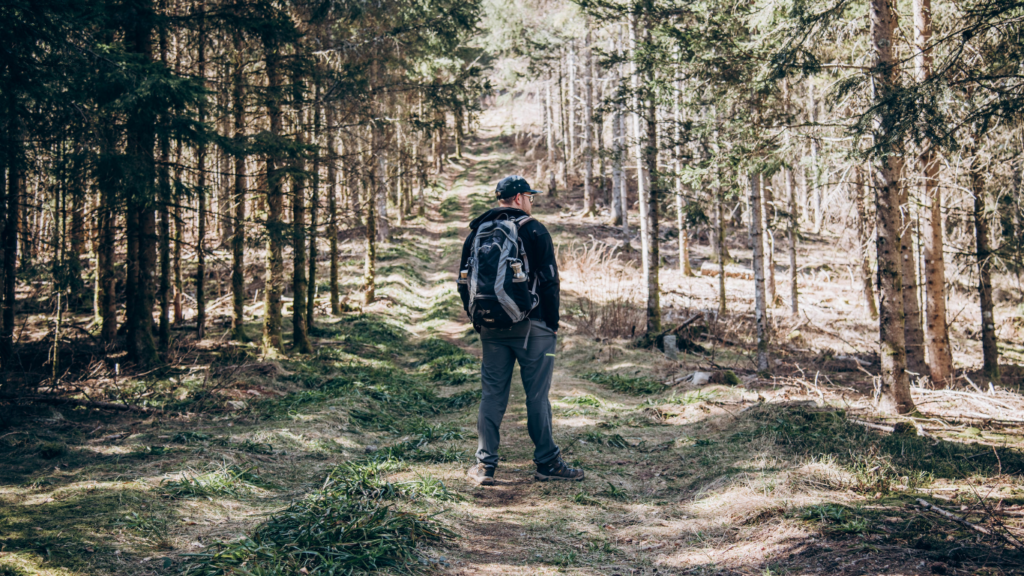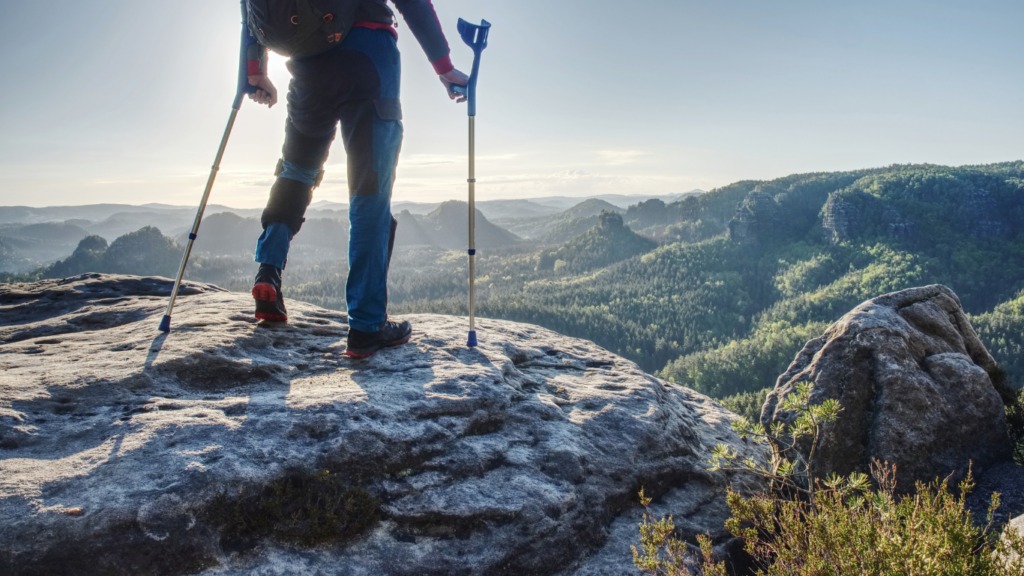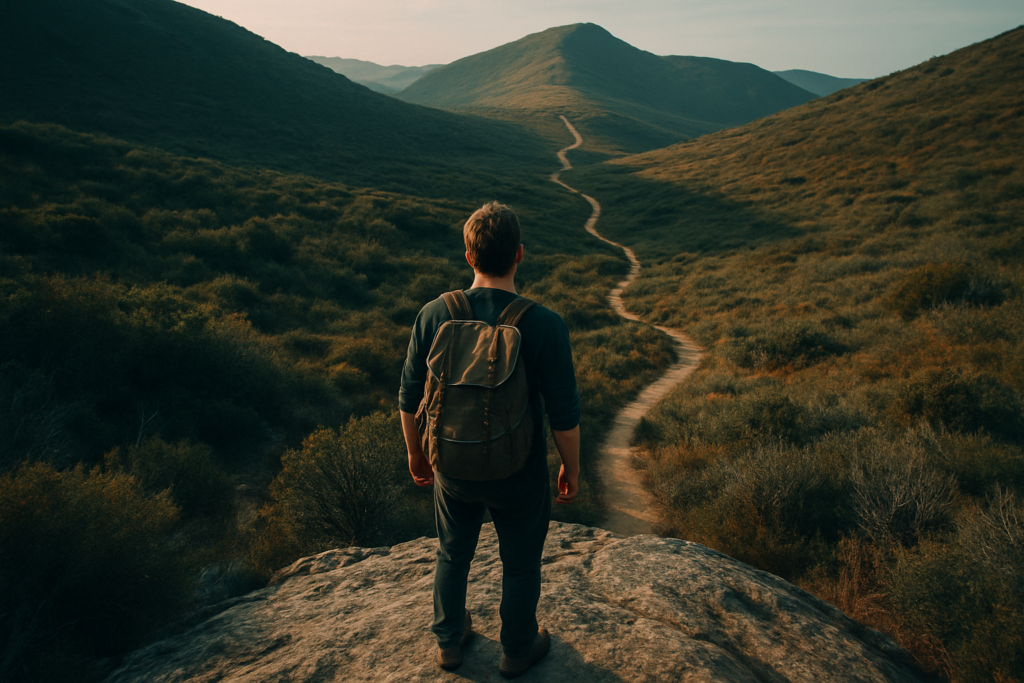Benefits of Multi-Day Hiking
Multi-day hiking offers numerous physical and mental benefits. Regular hiking strengthens muscles and increases cardiovascular fitness. It also improves balance and flexibility due to the varied terrain.
Spending several days in nature reduces stress and anxiety. Immersed in natural environments, I find a sense of peace and calm that’s hard to achieve elsewhere.
Multi-day hikes foster problem-solving skills since navigating and adapting to ever-changing conditions demand quick thinking and adaptability. Overcoming obstacles enhances resilience and self-confidence.
Building deeper connections with fellow hikers creates lasting memories and friendships. Sharing challenges and triumphs during a multi-day hike solidifies bonds and encourages teamwork.
Disconnecting from technology and daily routines fosters mindfulness. Multi-day hiking allows me to live in the moment and appreciate my surroundings.
Engaging in a multi-day hike exposes me to unique scenic beauty unreachable in a single day. Extending hiking time grants access to remote landscapes and wildlife.
Understanding these benefits motivates thorough preparation, ensuring a safe and enjoyable first multi-day hiking adventure.
Choosing the Right Trail

Selecting the perfect trail ensures a successful multi-day hiking adventure. Evaluate various factors to match your preferences and abilities.
Researching Trails
Start by gathering information on potential trails. Use trusted sources like national park websites, hiking guidebooks, and online forums. Example trails, such as the Appalachian Trail and John Muir Trail, often provide detailed maps, elevation profiles, and trail conditions.
Considering Skill Level
Match the trail to your experience level. Beginners should opt for shorter, well-marked paths with moderate elevation gains, like the Pacific Crest Trail’s easier sections. For advanced hikers, longer routes with rugged terrain, such as the Continental Divide Trail, offer a greater challenge.
Trail Permits and Regulations
Understand the trail’s permit requirements and regulations. Secure necessary permits from authorities like the National Park Service or local agencies well in advance. Familiarize yourself with rules on camping, fire usage, and waste disposal to avoid penalties and protect the environment.
Essential Gear
Heading into your first multi-day hiking adventure, having the right gear ensures safety and comfort. I’ll break down the crucial items under key categories.
Clothing and Footwear
Selecting appropriate clothing and footwear plays a vital role in ensuring comfort. Choose moisture-wicking shirts and pants to keep sweat away. Pack layers to adapt to changing weather. Fleece jackets and down vests work well. Wool socks, crucial for preventing blisters, regulate temperature and manage moisture. Opt for sturdy, waterproof hiking boots with good ankle support. Break the boots in before the trip to avoid blisters.
Backpack and Sleeping Gear
A good backpack distributes weight evenly and reduces strain. Aim for a capacity of 40-60 liters, depending on the trip length. Adjustable straps make the backpack more comfortable. Inside:
- pack a lightweight
- durable tent
- sleeping bag rated for the expected temperatures
Sleeping pads provide insulation and comfort. Consider inflatable pads for space-saving or foam pads for durability.
Navigation Tools
Reliable navigation tools prevent getting lost.
- Carry a detailed map of the area and a compass.
- Ensure you’re familiar with using both.
- GPS devices and smartphone apps supplement traditional tools but require battery management.
- Extra batteries or portable chargers help.
- Mark key points on your map before the hike and follow established trails for safety.
Having these essentials makes your first multi-day hike more pleasant and secure.
Meal Planning
Planning meals is essential for a successful multi-day hiking adventure. Proper nutrition fuels your body, and efficient cooking equipment ensures meals are prepared easily.
Nutrition and Caloric Needs
Understanding your nutritional needs is key to sustained energy during your hike. Consuming 2,500 to 4,500 calories per day, depending on activity level, is typically necessary. Favor high-calorie, nutrient-dense foods like nuts, dried fruits, jerky, and energy bars. Include a balance of proteins, fats, and carbs. For example, mix nuts and seeds for fats, dried fruits for carbs, and jerky for proteins. Hydrate well, as dehydration reduces energy levels.
Cooking Equipment
Carry lightweight, efficient cooking equipment to prepare meals. Use a compact stove like the Jetboil Flash or MSR PocketRocket for boiling water and cooking. Pack nesting cookware sets that include pots and pans, like the GSI Outdoors Pinnacle Camper. Carry a lighter or waterproof matches, and fuel canisters. Don’t forget utensils, a mug, and a cleaning sponge. Multi-use tools save space and weight.
Food Storage
Store food properly to avoid wildlife encounters and spoilage. Use bear canisters or hang food in a bear bag using the counterbalance method. Seal food in ziplock bags to keep it dry and watertight. Organize meals in separate bags for each day, making it easier to manage portions. Pack trash out in separate bags to leave no trace in the environment.
Physical Preparation
Engaging in a multi-day hiking adventure requires robust physical readiness. Proper training and injury prevention strategies are essential components of preparation. Let’s dive into the specifics:
Training and Conditioning
Building stamina and strength is crucial for prolonged hiking. I recommend starting with short hikes, gradually increasing distance and elevation. Incorporate cardio activities like running or cycling to enhance cardiovascular fitness. Strength training, focusing on legs and core, helps with endurance. Squats, lunges, and planks are effective exercises. Aim for at least three training sessions per week.
Acclimatization
If your hike involves significant altitude, acclimatization minimizes risks associated with high altitudes, such as Acute Mountain Sickness (AMS). Spend a few days at a higher elevation beforehand if possible. Increase hydration to help your body adjust and do moderate exercises rather than intense workouts during this phase. Monitoring how your body responds to higher elevations is crucial.
Injury Prevention
Prioritizing injury prevention ensures an uninterrupted, enjoyable hike. Use proper footwear with adequate support to prevent blisters and ankle sprains. Stretching before and after hikes, paying attention to calves, hamstrings, and hip flexors, helps maintain flexibility. Finally, including balance exercises in your training can improve stability on uneven terrain.
Safety Tips
Safety is paramount during a multi-day hike. Prioritizing these safety tips ensures a secure and stress-free adventure.
First Aid Kit
A first aid kit is crucial. My kit includes adhesive bandages, sterile gauze, antiseptic wipes, and tweezers. I also pack blister treatment, pain relievers, and any personal medications. Emergency items like a CPR mask, a compact emergency blanket, and a whistle are essential additions. Periodically, I check expiry dates and restock depleted items.
Weather Considerations
Understanding weather conditions can be a lifesaver on the trail. I always monitor the forecast before heading out and during my journey using a reliable weather app. Packing gear suited for all possible conditions is critical. In my pack, I include a waterproof jacket, layered clothing, and sun protection gear like hats and sunscreen. If thunderstorms are in the forecast, I plan to avoid exposed ridges and open areas.
Wildlife Encounters
Knowing how to handle wildlife encounters reduces risks. I research animals common in the hiking area beforehand. Carrying bear spray in bear country and properly storing food away from the campsite is vital. I make noise while hiking to avoid surprising animals and know to stay calm and back away slowly if I encounter wildlife. For snake-prone areas, I wear high boots and always check my surroundings before sitting or picking up items.




